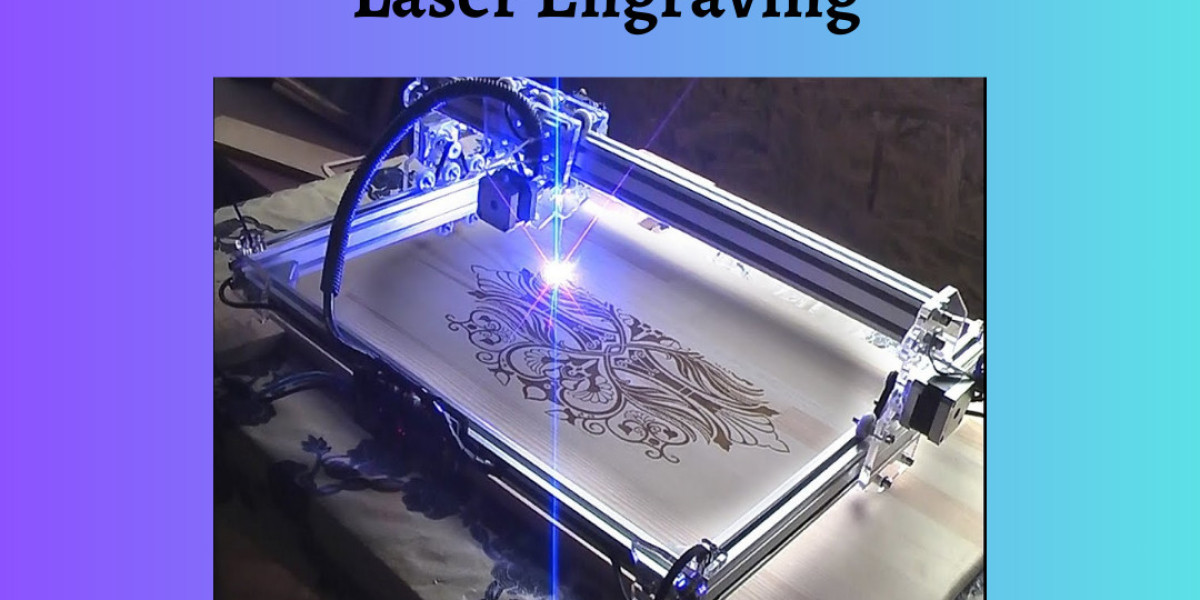Laser engraving is a fascinating technology that blends the precision of modern machinery with the creativity of human design. This innovative technique uses a laser beam to etch or mark a wide variety of materials, offering unparalleled accuracy and versatility. Whether for personal projects, industrial applications, or artistic endeavors, laser engraving has become an essential tool in many fields. In this article, we will explore the basics of laser engraving, its applications, and its benefits.
Understanding Laser Engraving
At its core, laser engraving involves using a focused beam of light to remove material from a surface. This process creates a permanent mark that can be highly detailed and intricate. The laser beam is controlled by a computer, allowing for precise movements and patterns. The depth and intensity of the engraving can be adjusted by changing the laser's power and speed settings, making it possible to achieve various effects.
Applications of Laser Engraving
One of the most significant advantages of laser engraving is its versatility. It can be used on a wide range of materials, including wood, metal, glass, plastic, leather, and more. This adaptability makes it suitable for numerous applications:
Personalized Gifts: Laser engraving is perfect for creating custom gifts such as engraved jewelry, picture frames, or keepsakes. The ability to add names, dates, and personalized messages makes these items unique and meaningful.
Industrial Uses: In manufacturing, laser engraving is used for marking parts and products with serial numbers, barcodes, and other identification marks. This ensures traceability and quality control, essential for industries like aerospace, automotive, and electronics.
Signage and Awards: Laser engraving is commonly used to produce high-quality signs, plaques, and awards. The precision of the laser allows for intricate designs and sharp text, making these items visually appealing and professional.
Art and Craft: Artists and crafters use laser engraving to create detailed designs on various materials. This technology enables them to produce artwork with fine lines and complex patterns that would be difficult to achieve by hand.
Benefits of Laser Engraving
The popularity of laser engraving is due to the numerous benefits it offers:
Precision and Detail: Laser engraving provides an exceptional level of detail and precision, making it possible to reproduce intricate designs accurately. This precision is unmatched by traditional engraving methods.
Durability: The marks made by laser engraving are permanent and resistant to wear and tear. This durability is crucial for applications where longevity and readability are essential, such as in industrial marking and personalized items.
Non-Contact Process: Since laser engraving is a non-contact process, there is no physical tool wear, and the material being engraved is not subjected to mechanical stress. This ensures the integrity of the material and prolongs the lifespan of the engraving equipment.
Versatility: The ability to engrave on various materials and create different effects makes laser engraving highly versatile. This flexibility opens up countless possibilities for creative and practical applications.
Efficiency: Laser engraving is a fast and efficient process, especially for high-volume production. The computer-controlled laser can quickly switch between different designs and materials, streamlining the engraving process.
Conclusion
Laser engraving is a powerful technology that combines precision, durability, and versatility. Its ability to create detailed and permanent marks on a wide range of materials makes it invaluable in numerous fields, from personalized gifts to industrial applications. As technology continues to advance, laser engraving will undoubtedly play an even more significant role in our creative and manufacturing processes, offering endless possibilities for innovation and expression.


